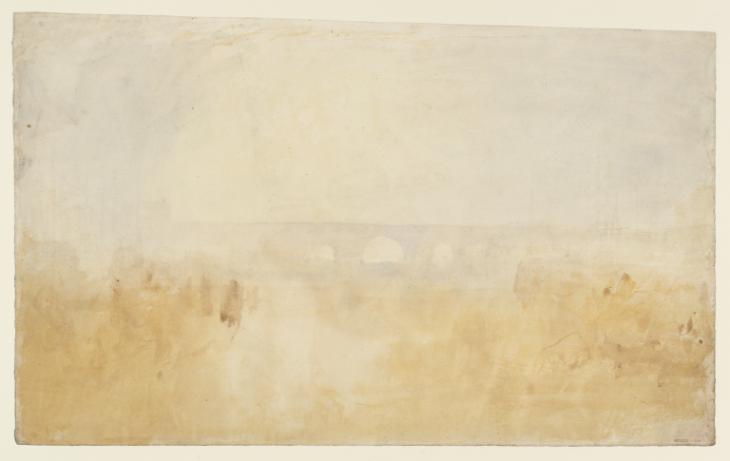Exhibition history
References
How to cite
Matthew Imms, ‘Old London Bridge and its Vicinity c.1824 by Joseph Mallord William Turner’, catalogue entry, June 2016, in David Blayney Brown (ed.), J.M.W. Turner: Sketchbooks, Drawings and Watercolours, Tate Research Publication, February 2017, https://www

